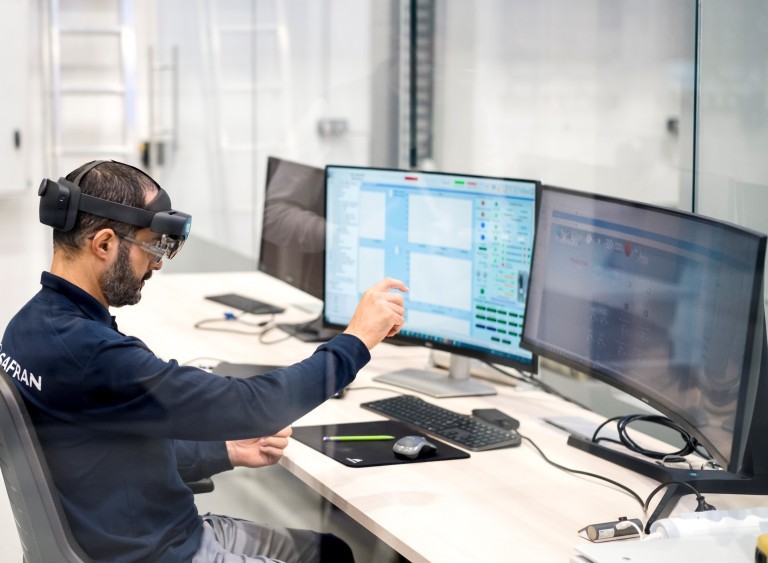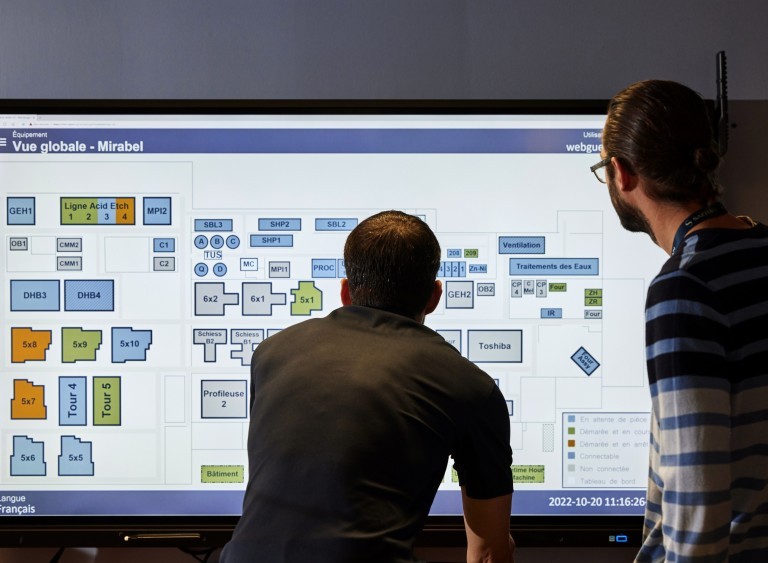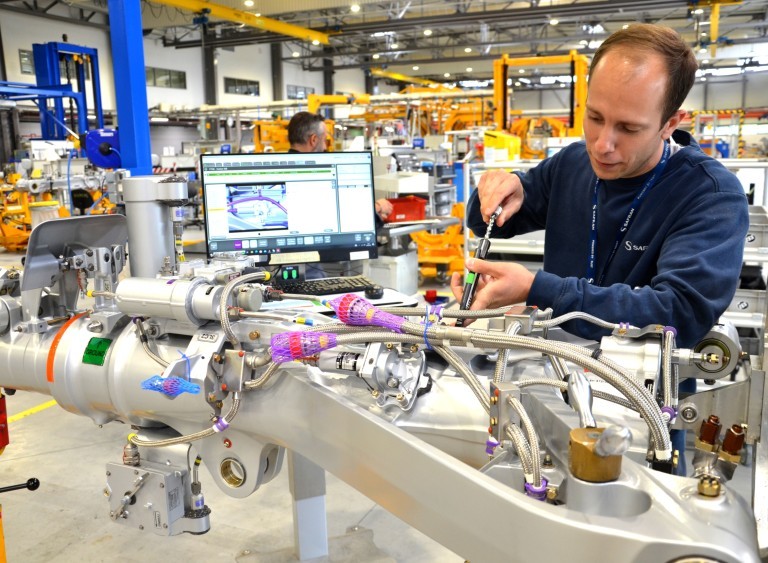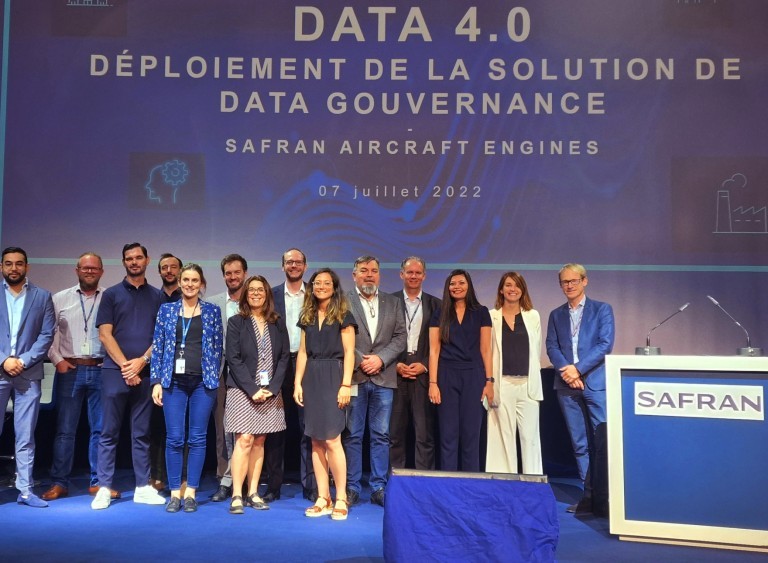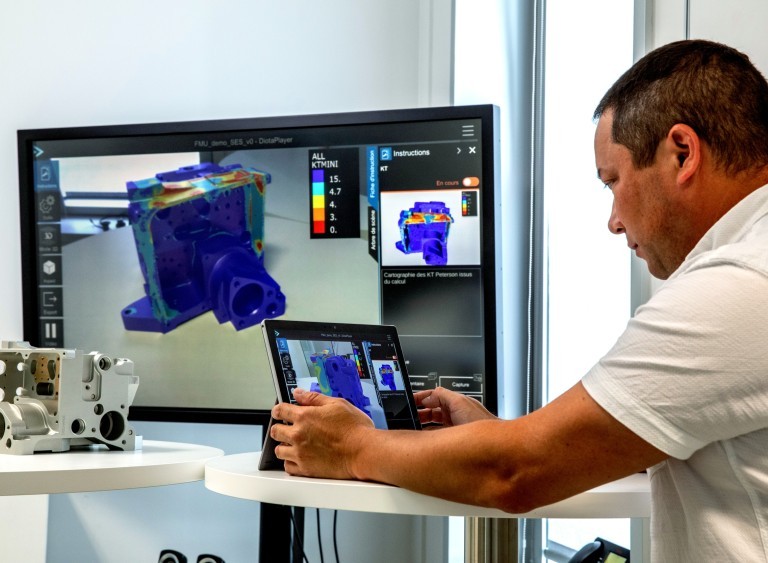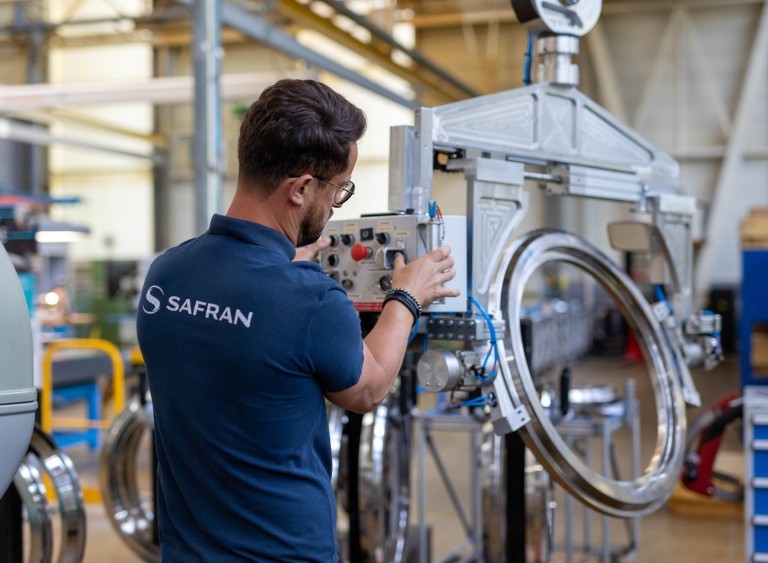
MBSE: an increasingly popular method for optimizing complex systems
Design clever and complex products that meet customer expectations faster and more efficiently – that’s the purpose of model-based systems engineering (MBSE).
- Perspective
- At a glance
- Discovery
Technical specifications in print form will soon be a thing of the past. Designing increasingly complex systems calls for constant collaboration between all stakeholders, which is only possible with digital tools. Especially because they allow a formal, universal graphic representation of a system or product, which is much more meaningful than a written description. This is the principle behind MBSE. “This approach has been adopted by a growing number of companies over the last decade, including Safran ,” says Julien Castex, support officer for MBSE rollout within the Group. “We’ve now reached a high enough level of maturity with the tools to move to large-scale rollout. Plus, it’s no longer a choice, but a necessity, because our customers expect it.”
The best tradeoff
The principle behind MBSE is simple. Using diagrams, a complex system — an engine or landing gear for example — is broken down into subsystems, then into component parts, taking account of the environment in which the end product will be used and maintained. The exact customer need is translated into functions at all stages of the product lifecycle, from production engineering to operation, support, maintenance and retirement from service. The interfaces with other aircraft systems are also represented and incorporated into the design choices. MBSE tools offer a highly intuitive representation and also serve as a real-time collaboration platform between all stakeholders, including multiple Safran companies and sometimes even the customer. “The purpose is to identify one or more architectures, so we can ultimately arrive at the best possible solution,” says Julien Castex.
A new standard
To date, seven Safran companies have adopted the MBSE approach. Rollout is gaining momentum thanks to dedicated training courses — from a MOOC to a systems architect qualification — and support for the project teams by the Methods and Tools sectors. “MBSE is now the new standard for systems architectures within the Group,” adds Julien Castex. On the tools front, Safran has selected two solutions: one developed by IBM, the other by Safran Engineering Services; which was launched last spring. Ultimately, whichever software is used, the end results are the same: complexity management, collaboration, shorter lead times… and customer satisfaction!
Vincent Greter

“Our customers are moving toward the MBSE approach for their future needs, so we’re preparing a generic model tailored to our core business — an oxygen system for pilots. MBSE makes it easier to factor in the various issues and make the necessary decisions.”
Fabien Sintrat

“Beyond the inherent benefits of the method, which allows specifications and interfaces to be structured and facilitates impact analysis, MBSE lets us establish a common communication reference baseline that fosters better technical collaboration between everyone involved.”
Étienne Labarre

“MBSE brings many benefits: closer collaboration between the teams involved, better mutual understanding of requirements and product architectures, and more structured specifications. The result is enhanced design data quality and greater peace of mind for the teams!”
Nicolas Gueit

“We’re using MBSE on a new development project with significant gains, including better cascading of customer requirements and a faster ramp-up to maturity. At the pre-project phase, it also lets us explore any unknowns and propose new solutions to replace conventional architectures.”
Learn more about Engineering 4.0 at Safran
Read the article




